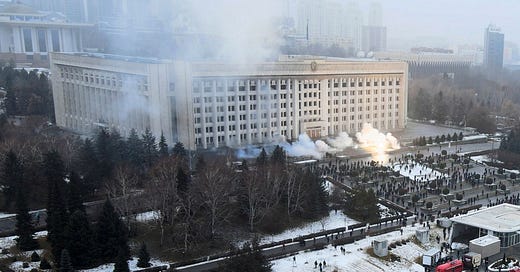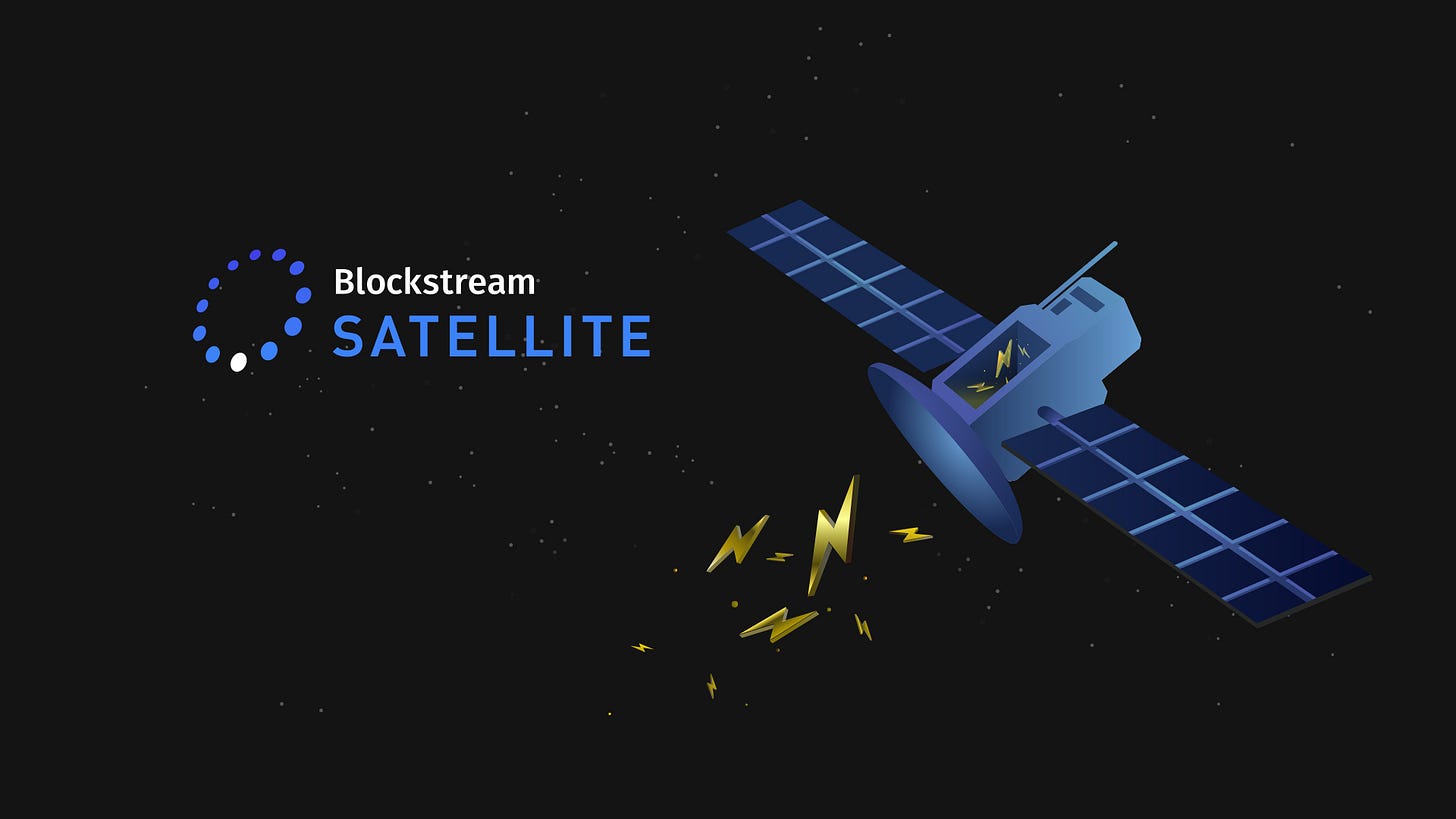Kazakhstan is currently suffering from a bout of civil unrest. Looks like stuff has been getting dicey for a while but the spark that triggered this latest bout of unrest appears to be the doubling of the cost of car fuel. Kazakhstan is an authoritarian regime with the ruling elite typically winning 100% of political seats (no opposition).
Without the ability to vote out politicians that have upset the population people have no choice but to take to the streets. This last bout of unrest seems to have surprised the government who have called on some of its neighbour from former soviet states to help stabilise the country.
How Does This Effect Crypto?
The Kazakh government turned off the internet with the hope that it would limit the rioter’s ability to communicate and organise. The issue for crypto is that there is a lot of Bitcoin miners in Kazakhstan (increased significantly since miners were booted out of China). Looking at Cambridge Bitcoin Mining Map, Kazakhstan provides 18.10% of the worlds Bitcoin mining power/hashrate. That’s a big chunk of the network that has just been switched off.
What is the Bitcoin Hashrate?
The Bitcoin Hashrate refers to the amount of computer processing power being dedicated to the network through the Miners (computers). A Miner is a computer that validates transactions on the network and keeps a copy of the blockchain. There is a massive network of Miners spread around the world and they are all responsible keeping the Bitcoin blockchain going.
Each block of transactions on a blockchain needs to be validated by a Miner before the network moves on to the next block. The Miner that gets to validate the block gets paid Bitcoin for the honour. Miners compete with each other to validate blocks in order to get paid the Bitcoin.
Mining is energy intensive which is why Miners typically choose to operate in countries with cheap energy (hello Kazakhstan).
The Hashrate refers to the total combined computational power that is being used to mine and process transactions on the blockchain. When a country turns off its internet the Miners in that country are cut off from the network meaning they are unable to validate blocks and can’t earn Bitcoin.
Generally speaking the higher the hashrate the better. A high hashrate makes it harder to attack the Bitcoin network so when the hashrate drops that means the network is more vulnerable.
Why Does The Hashrate Affect The Price?
Trading Algorithms. The hashrate can be a good indicator of the strength/security of the Bitcoin network. We suspect a lot of algorithms monitor the hashrate and are programmed to sell crypto as the hashrate drops, and to buy crypto as the hashrate increases. This is a risk management tool. If the hashrate drops then that could suggests there are problems with the network. Traders will reduce their exposure in case the hashrate dropping continues and increase their exposure as it increases. This makes sense because if the hashrate continued to drop then that would suggest the network is in trouble and is therefore not as safe an investment.
What Happens Now?
At some point the Kazakh miners will come back online and bump the hashrate back up to previous levels. These miners will then look for ways to stop themselves going offline again. A possible solution would be to buy/rent a satellite to orbit the country so they always have a connection (not many countries can shoot down a satellite and doing so is an act of war…)
This is perfect example of why being decentralised is so important. If all the miners had been in Kazakhstan Bitcoin would have been shut down and the experiment would be over. As the network is spread across the world the network has not been affected. The Bitcoin network is still strong, the miners will be operational again and the network has survived another test. Blocks have been validated and the only thing that happened was the price dropped as traders got jittery.
Sounds like huge win for Bitcoin.
Until Next Time
The Wealth Gap







interesting read
Great read